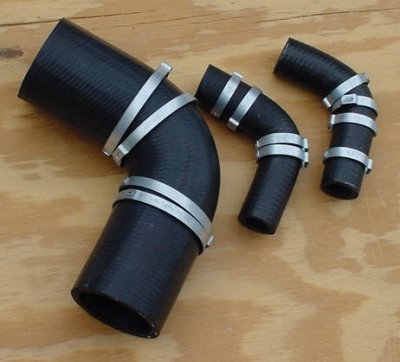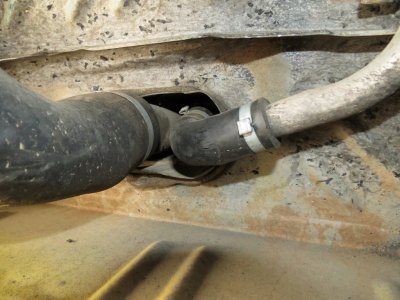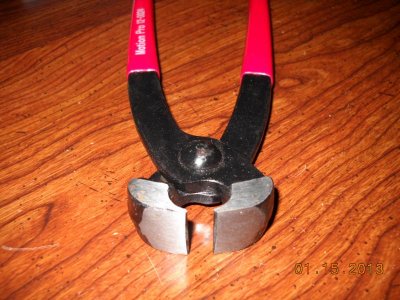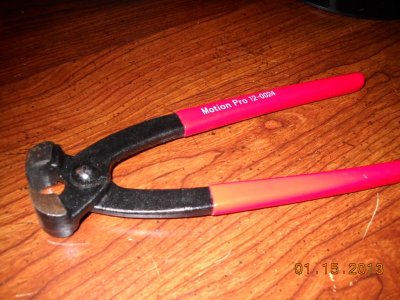Just to clarify, not implying keystone clamps are superior to any other clamp design for any given application, and yes as with any other OE automotive part, it is the least expensive piece available that will perform to design specifications. As proven over and over again, original design specifications can be flawed. In the application described in the OP, filler necks/fuel tank/fuel system pluming, on these old carbureted Mopars, with little to relatively low internal pressures, they served there intended purposes well. In my years wrenching on these cars back then and now, I never came across a correctly installed keystone clamp failure while in this use. I have no qualms using them now for this purpose with one exception; restoration correct versions aren’t cheap anymore these days and a bit scarce in some sizes.
Mercedes, BMW, Audi use updated versions of keystones in various lower pressure vehicle applications where narrow profile positive locking clamps are the spec at a lower cost than a screw clamp, crankcase ventilation/smaller induction pluming primarily on turbocharged motors, C/V boots are another common place to find a bigger keystone clamp. Not intended for high pressure fuel pluming for sure, won’t find then on injected fuel systems, as most cars have today.
Spring clamps? Now those wire spring clamps Chrysler used on the cooling systems for years, the same ones the hard core resto guys insist on using? I can’t tell how many of those I’ve replaced due to failure with a good screw clamp in my days at dealers.




















